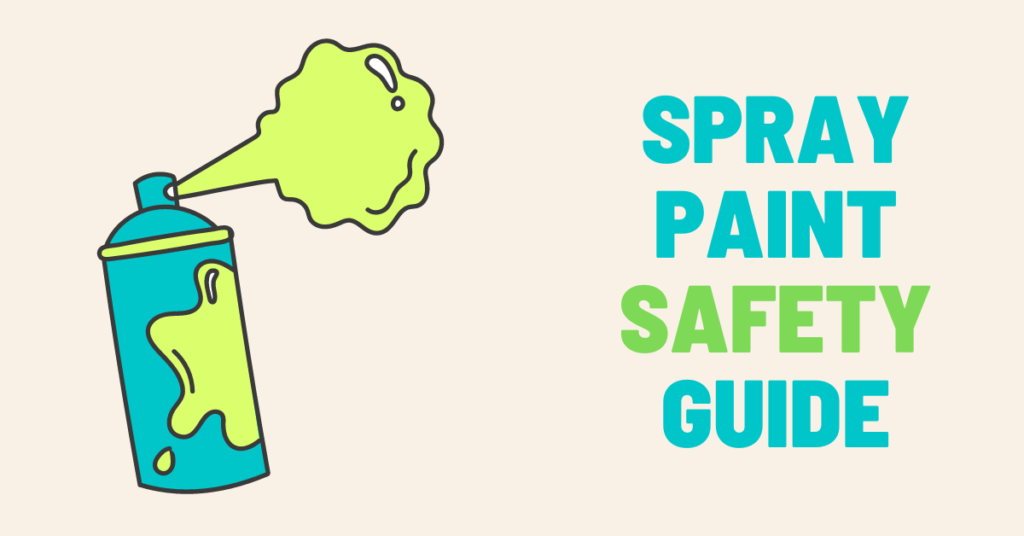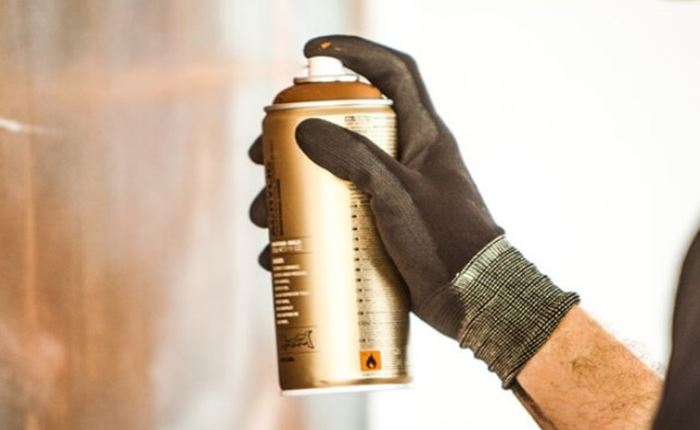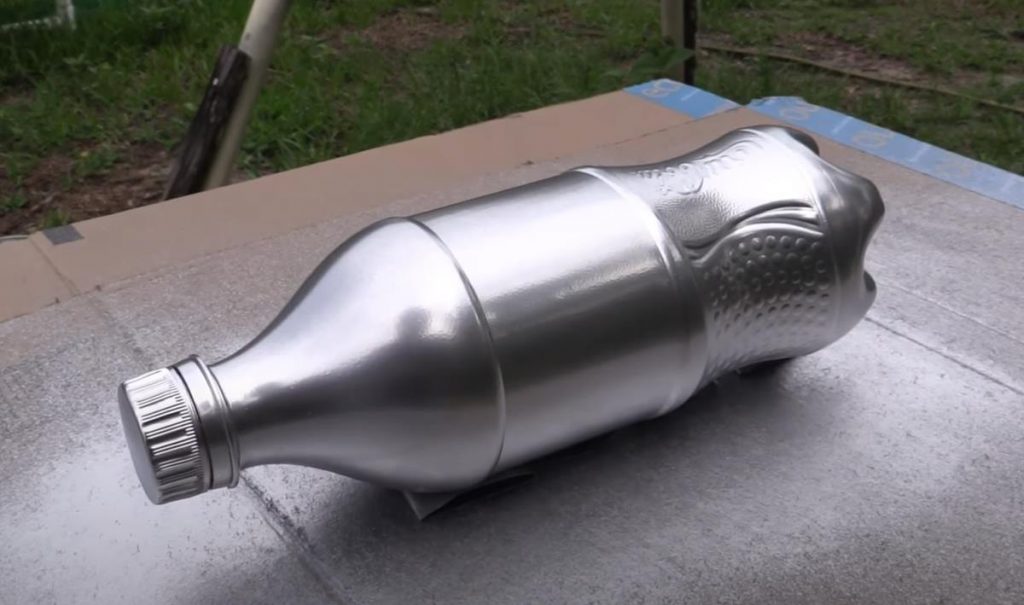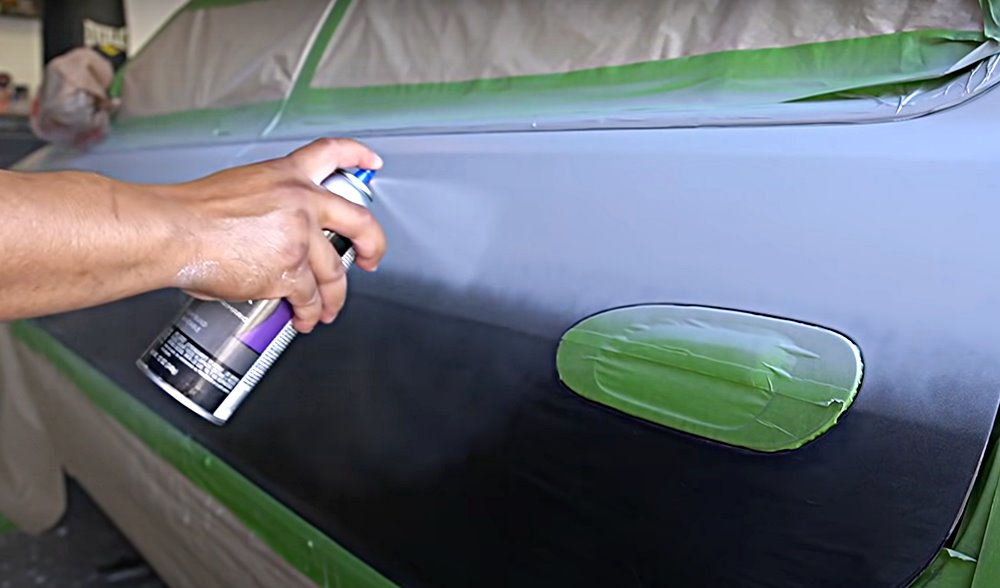Spray paint can be a versatile and fun way to add color and creativity to many projects, but it’s important to remember that it can also be hazardous to your health if not used properly. In this guide, we’ll go over some essential tips and techniques to help you stay safe while using spray paint.

1. Choosing the Right Spray Paint
Before starting your project, it’s important to choose the right type of spray paint for your needs. Different types of spray paints are designed for different surfaces and purposes, such as metal, plastic, wood, or fabric. Make sure to read the labels carefully and look for any safety information, such as warnings about fumes or flammability.
2. Preparing for Painting
Proper preparation is essential for safe and effective spray painting. First and foremost, make sure to paint in a well-ventilated area. If possible, choose an outdoor location or use a fan or ventilation system to help circulate air. It’s also important to wear appropriate safety gear, such as gloves, goggles, and a mask to protect your eyes, skin, and respiratory system from fumes and particles.
3. Proper Technique for Painting
When it comes to spray painting, the technique is everything. Start by shaking the can well and testing it on a small surface before starting your project. Always hold the can at a distance of at least 6 inches from the surface to avoid overspray and drips. Keep your movements smooth and even, and make sure to use the right angle for each area of your project. For example, a 45-degree angle is ideal for large areas, while a 90-degree angle is best for edges and corners.
3. Clean Up and Disposal
After you’ve finished painting, it’s important to clean up properly and dispose of any leftover materials safely. Make sure to wipe down the surface you painted to remove any excess paint or debris and store any leftover paint in a cool, dry place. When it comes to disposing of empty spray paint cans, it’s important to follow local guidelines and regulations. Some communities may have recycling programs, while others may require you to dispose of cans as hazardous waste.
Additional Safety Tips
In addition to the tips outlined above, there are a few additional safety precautions to keep in mind when using spray paint. Always keep spray paint out of reach of children and pets, and avoid painting near any open flames or sources of heat. If you accidentally ingest or inhale spray paint, seek medical attention immediately. It’s also important to be aware of your surroundings while painting and to avoid spray painting in crowded or busy areas.
FAQs
What is the hazard of spray paint?
The main hazards of spray paint are the chemicals and fumes it contains. The solvents in spray paint can cause irritation and inflammation of the eyes, skin, and respiratory system, and can lead to headaches, dizziness, and even unconsciousness in some cases. The fumes can also be flammable, which can create a risk of fire or explosion if exposed to heat or open flames. Additionally, spray paint can contain harmful chemicals such as lead, which can be dangerous if ingested or inhaled over time. It’s important to use spray paint in a well-ventilated area and wear appropriate safety gear, such as gloves, goggles, and a mask, to minimize the risk of exposure to these hazards.
How long until spray paint is safe?
The length of time until spray paint is safe to touch or use again depends on various factors such as the type of spray paint, the surface it was applied to, the thickness of the coat, and the environmental conditions where it was applied.
Generally, spray paint can be considered safe to touch or handle after it has fully dried, which usually takes around 24 hours or more. However, it’s important to note that even after the paint has dried, it may still emit fumes or VOCs (volatile organic compounds) for a period of time. Therefore, it’s recommended to continue using proper ventilation and wearing protective gear until the paint has fully cured, which can take up to a week or more depending on the type of paint and the thickness of the coat.
In short, the length of time until spray paint is safe to handle or use again can vary, so it’s important to follow the instructions on the label and take the necessary precautions to ensure your safety.
Is spray paint toxic to breathe?
Yes, spray paint can be toxic to breathe if not used properly. Spray paint contains chemicals that can be harmful if inhaled in large amounts, including volatile organic compounds (VOCs) and propellants. These chemicals can cause a range of health problems, including headaches, dizziness, nausea, and respiratory issues. It’s important to always paint in a well-ventilated area and wear appropriate safety gear, such as gloves, goggles, and a mask to protect your eyes, skin, and respiratory system from fumes and particles. If you experience any adverse symptoms while using spray paint, such as difficulty breathing, stop painting immediately and seek medical attention.
Is paint toxic after it dries?
While most paints are generally safe after they dry, some can still contain harmful substances that can pose a health risk. For example, oil-based paints can contain solvents that release volatile organic compounds (VOCs) even after the paint dries. These VOCs can cause eye, nose, and throat irritation, as well as headaches, dizziness, and other symptoms.
Additionally, some paints can contain lead or other toxic substances, which can be harmful if ingested or inhaled. While lead paint has been banned in many countries, it’s still possible to come across older homes or buildings that were painted with lead-based paint. In these cases, it’s important to take extra precautions to ensure that the paint is safely removed and disposed of.
Does spray paint cause brain damage?
Spray paint can be hazardous to your health if not used properly. The fumes and vapors from spray paint can cause short-term effects such as dizziness, headaches, and nausea. Prolonged exposure to these fumes can lead to more serious health problems, such as damage to the nervous system, respiratory issues, and brain damage.
The harmful effects of spray paint can be attributed to the chemicals found in the paint, such as toluene, xylene, and benzene. These chemicals can cause damage to the brain and nervous system by altering the function and structure of neurons. In addition, inhaling these chemicals can lead to decreased oxygen supply to the brain, which can cause brain damage.
Conclusion
With the right preparation, technique, and safety gear, spray paint can be a fun and rewarding way to add color and creativity to your projects. By following the tips and techniques outlined in this guide, you can stay safe while enjoying all the benefits of spray paint. Don’t forget to share these tips with your friends and family to help promote safe and responsible spray painting practices.


